Arachnophobia: The Fear of Spiders

Arachnophobia, the fear of spiders, is one of the most common phobias. Its origins can be traced back to evolutionary psychology, where the association between spiders and potential danger has been deeply ingrained within our ancestors. People with arachnophobia experience excessive anxiety and panic attacks when encountering spiders, even if the spiders pose no real threat. This fear can lead to avoidance behaviors, affecting daily life and causing significant distress. Treatment options for arachnophobia include cognitive-behavioral therapy (CBT), exposure therapy, and medication, helping individuals gradually overcome their fear and regain control over their lives.
Acrophobia: The Fear of Heights
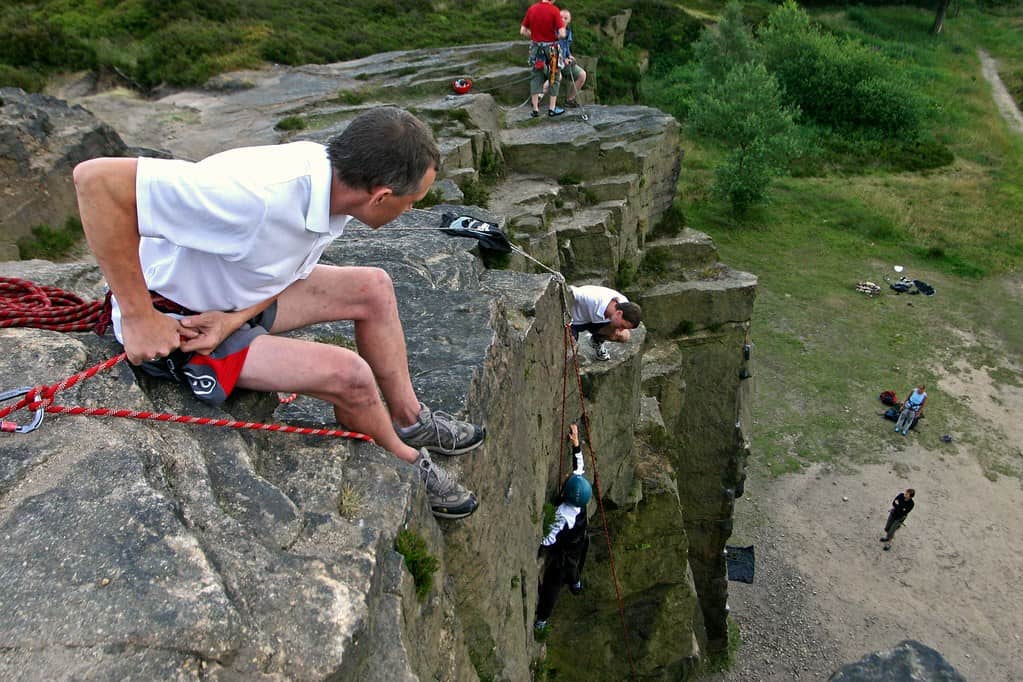
Acrophobia, the fear of heights, affects a significant portion of the population. This fear can be debilitating, causing individuals to experience intense anxiety or panic when exposed to heights or even just the thought of being high up. Acrophobia often stems from traumatic experiences, such as falling from a height or witnessing someone else fall. Cognitive-behavioral therapy, virtual reality exposure therapy, and systematic desensitization are effective treatment approaches for acrophobia. These therapies help individuals reframe their thoughts, gradually confront their fears, and regain confidence in high places.
Claustrophobia: The Fear of Enclosed Spaces
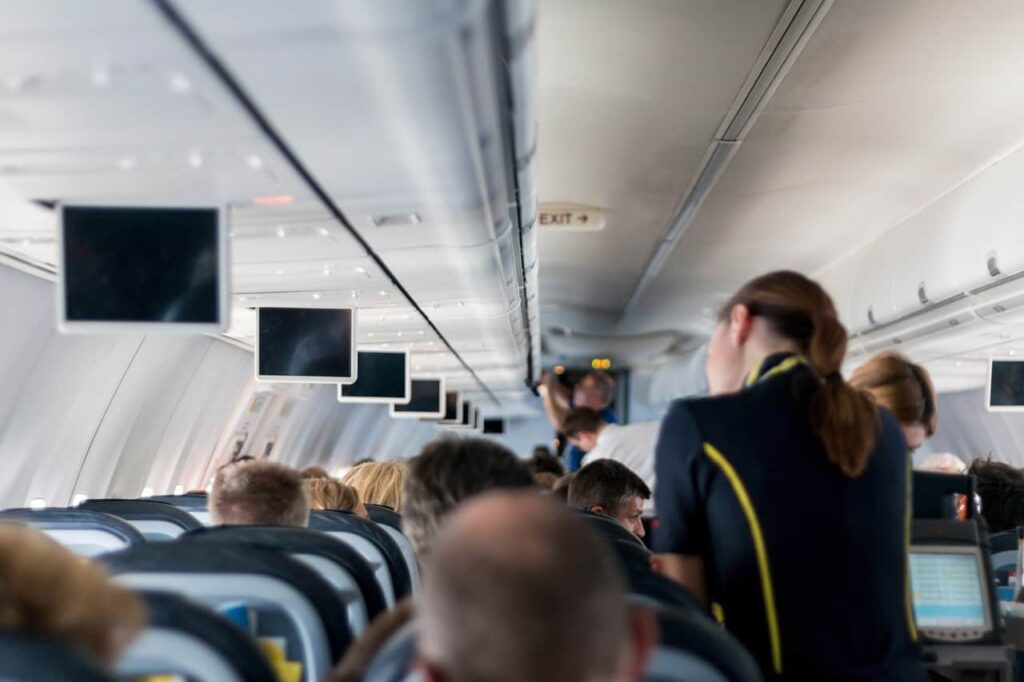
Claustrophobia, the fear of enclosed spaces, is characterized by a fear of being trapped or confined in small spaces. It can be triggered by various situations, including crowded elevators, small rooms, or even MRI scanners. Claustrophobia often develops due to traumatic experiences, such as being trapped in an enclosed space for an extended period or experiencing a panic attack in a confined area. Treatment options for claustrophobia include exposure therapy, cognitive restructuring, and relaxation techniques. By gradually exposing individuals to increasingly smaller spaces and teaching them coping mechanisms, these therapies can help reduce anxiety and improve their quality of life.
Agoraphobia: The Fear of Open Spaces

Agoraphobia is the fear of open spaces or situations where escape might be difficult or embarrassing. People with agoraphobia often fear being outside their comfort zone, leading to avoidance of public spaces, crowded areas, or situations that they perceive as unsafe. This fear can be incredibly limiting, causing individuals to withdraw from social activities and isolate themselves. Treatment for agoraphobia typically involves a combination of cognitive-behavioral therapy, exposure therapy, and medication. Gradual exposure to feared situations and the development of coping strategies can help individuals regain their confidence and independence.
Social Phobia: The Fear of Social Situations
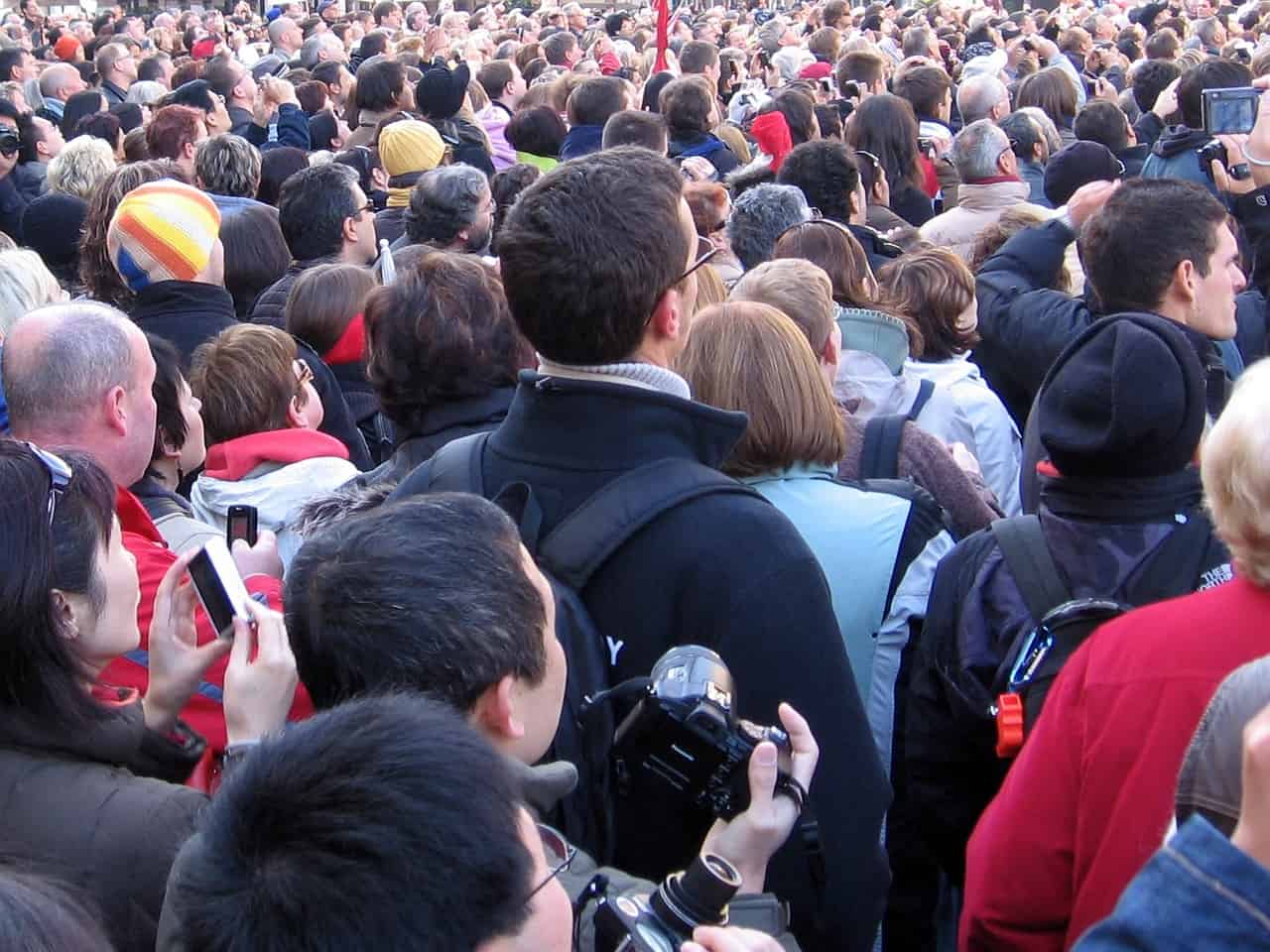
Social phobia, also known as social anxiety disorder, is characterized by a persistent and intense fear of social situations. People with social phobia often experience overwhelming anxiety when interacting with others, leading to avoidance of social events, public speaking, or even everyday activities like eating in public. Social phobia can significantly impact an individual’s personal and professional life, affecting their relationships and career opportunities. Treatment options for social phobia include cognitive-behavioral therapy, group therapy, and medication. Therapies focus on challenging negative thoughts, developing social skills, and gradually exposing individuals to feared social situations.
Trypophobia: The Fear of Irregular Patterns

Trypophobia is an intense aversion or fear of clustered or irregular patterns of holes or bumps, such as those seen in beehives, lotus seed pods, or coral. People with trypophobia may experience anxiety, disgust, or even panic attacks when exposed to such patterns. While the exact cause of trypophobia remains unclear, some researchers speculate that it may stem from an evolutionary response to potentially dangerous organisms. Treatment for trypophobia may involve therapy techniques like cognitive-behavioral therapy (CBT) and exposure therapy to help individuals manage their reactions and reduce anxiety.
Hemophobia: The Fear of Blood
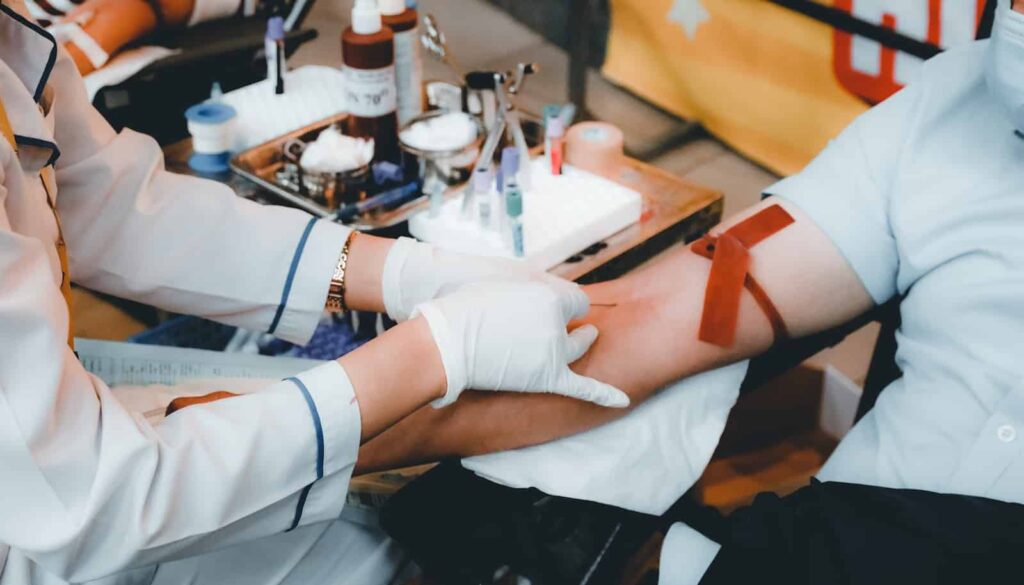
Hemophobia refers to the fear of blood. Individuals with hemophobia experience extreme anxiety or panic when exposed to blood, whether it’s their own or someone else’s. This fear can be traced back to various factors, including negative experiences or witnessing traumatic events involving blood. Exposure therapy, cognitive restructuring, and relaxation techniques are commonly employed in the treatment of hemophobia, assisting individuals in gradually desensitizing themselves to blood-related stimuli and managing their fear responses.
Aerophobia: The Fear of Flying
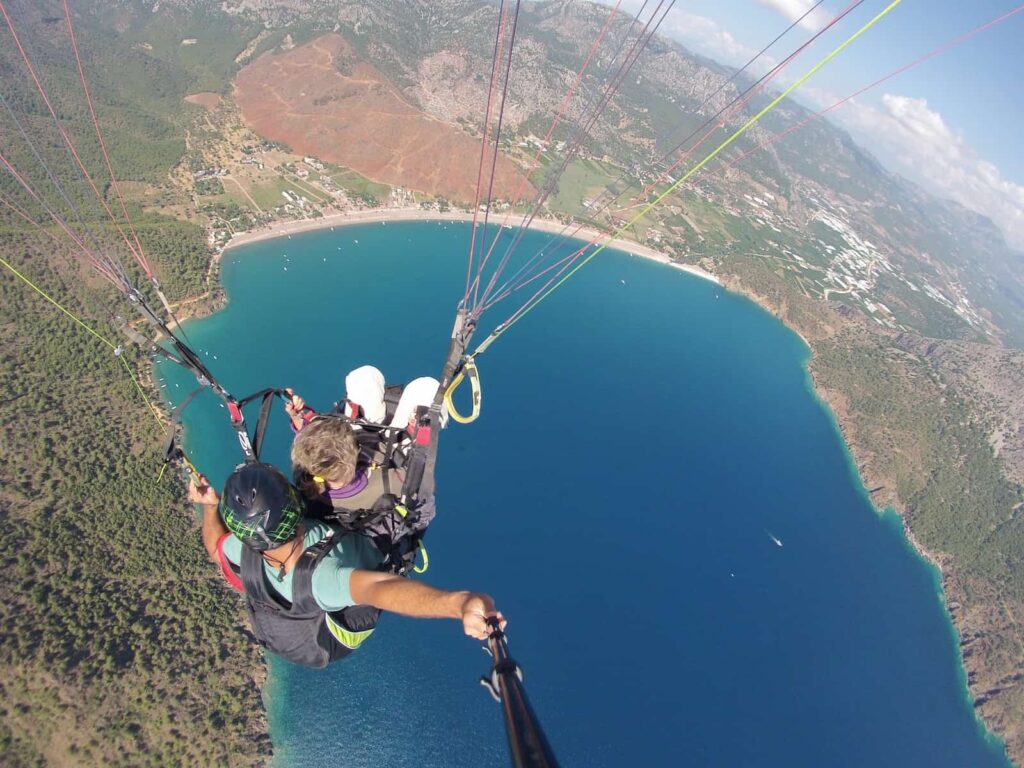
Aerophobia, or the fear of flying, affects a significant number of individuals. The fear can stem from a variety of sources, including a fear of heights, lack of control, or traumatic experiences related to flying. Aerophobia can hinder travel plans, limit career opportunities, and cause significant distress. Treatment options for aerophobia include exposure therapy, cognitive restructuring, relaxation techniques, and, in severe cases, medication. With the help of these interventions, individuals can gradually overcome their fear and regain the ability to travel comfortably by air.
Dentophobia: The Fear of Dentists

Dentophobia, also known as dental anxiety or the fear of dentists, is a common phobia that affects individuals of all ages. It can result from previous negative dental experiences, fear of pain, or a sense of vulnerability in the dental chair. Dentophobia often leads to avoidance of dental visits, which can impact oral health and overall well-being. Dentists can employ strategies such as open communication, desensitization techniques, and relaxation methods to help patients manage their anxiety. Sedation dentistry or cognitive-behavioral therapy may be recommended for more severe cases of dentophobia.
Ophidiophobia: The Fear of Snakes
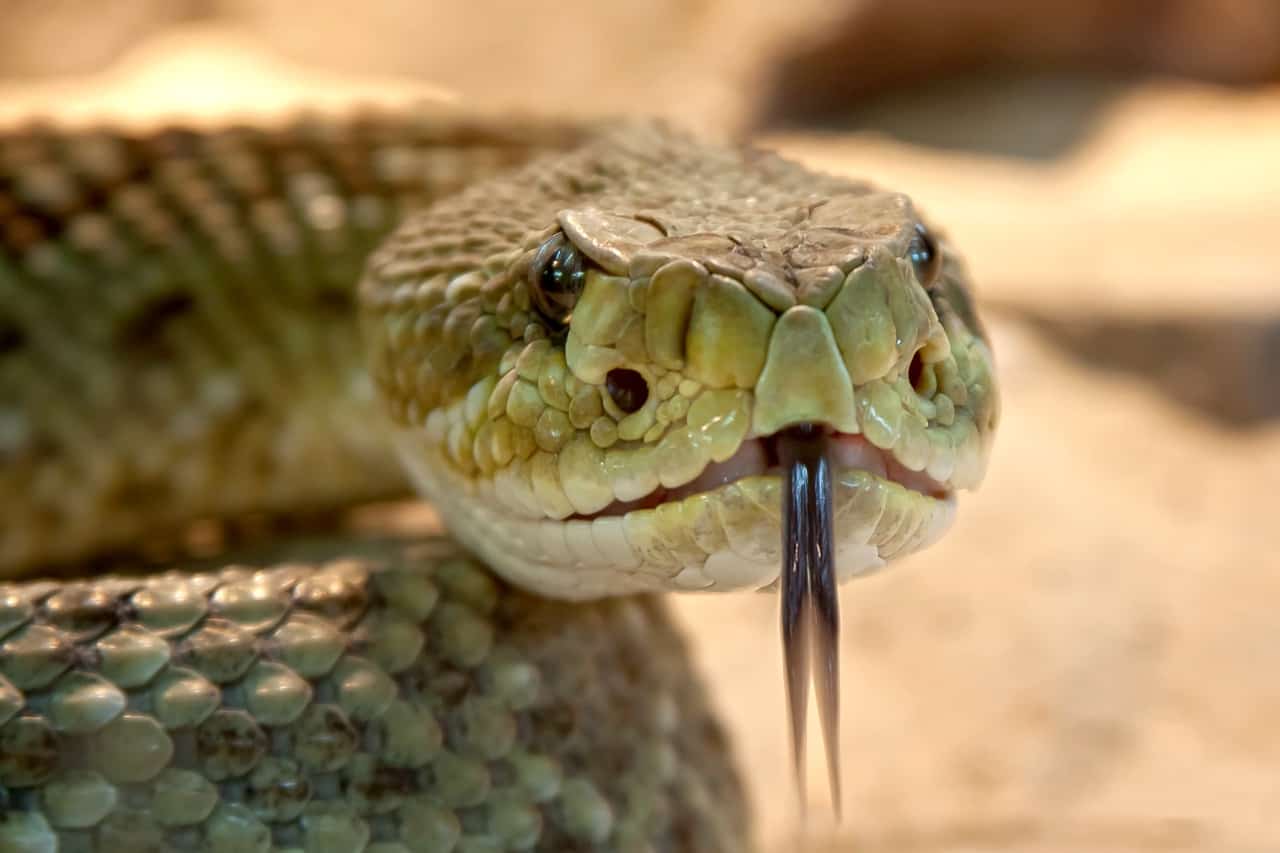
Ophidiophobia, or the fear of snakes, is a prevalent phobia rooted in evolutionary psychology. Individuals with ophidiophobia experience intense anxiety, panic attacks, and avoidance behaviors when confronted with snakes or even images of snakes. Exposure therapy, cognitive restructuring, and gradual desensitization can help individuals overcome this fear by challenging negative beliefs and gradually increasing exposure to snakes in a controlled and supportive environment.
Trypanophobia: The Fear of Needles and Injections

Trypanophobia is the fear of needles and injections. People with trypanophobia often experience severe anxiety, elevated heart rate, or even fainting when faced with the prospect of receiving injections or blood draws. This fear can be deeply rooted in childhood experiences or traumatic events. Cognitive-behavioral therapy, relaxation techniques, and systematic desensitization can assist individuals in managing their fear, making medical procedures more tolerable and improving their overall healthcare experience.
Cynophobia: The Fear of Dogs

Cynophobia, the fear of dogs, can stem from traumatic experiences, such as dog bites, or from a general fear of animals. Individuals with cynophobia may experience panic attacks, increased heart rate, and avoidance behaviors when in the presence of dogs. Treatment approaches for cynophobia include exposure therapy, cognitive restructuring, and gradual desensitization. By gradually exposing individuals to dogs in controlled environments and teaching them relaxation techniques, they can develop a more positive association with dogs